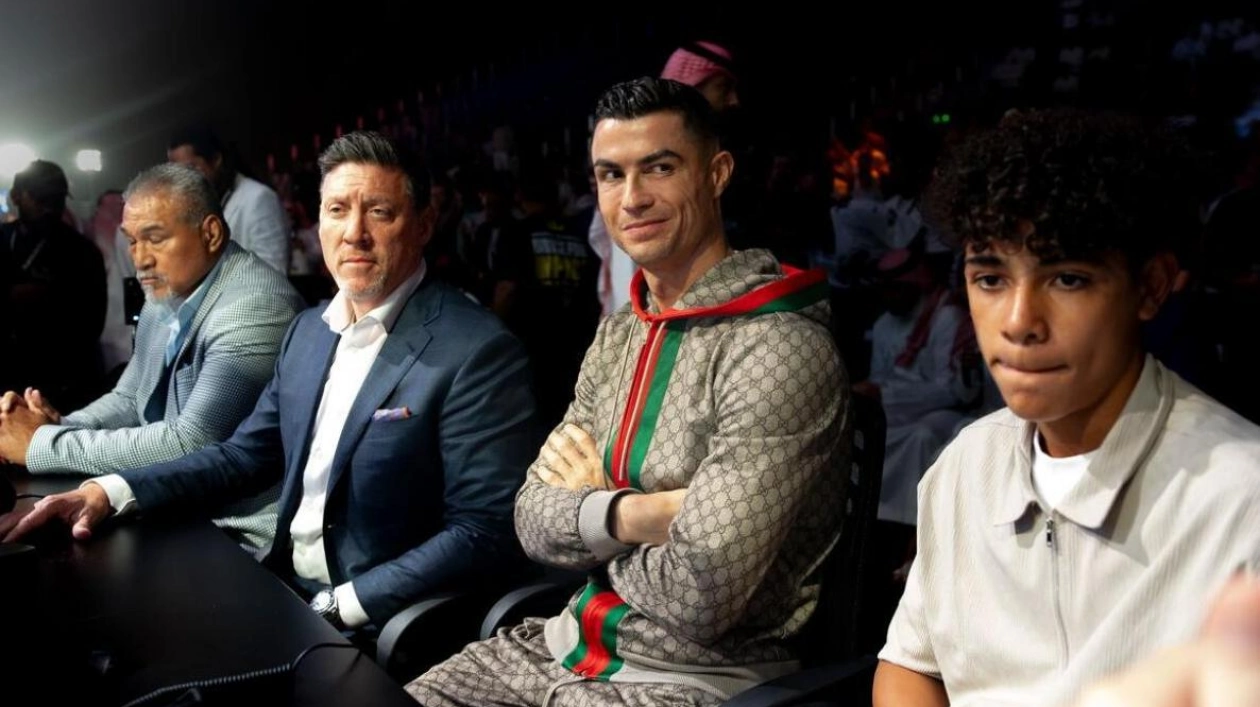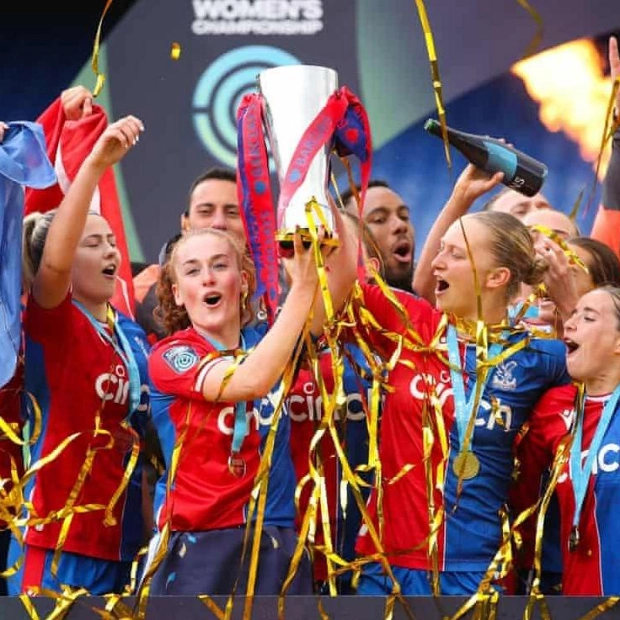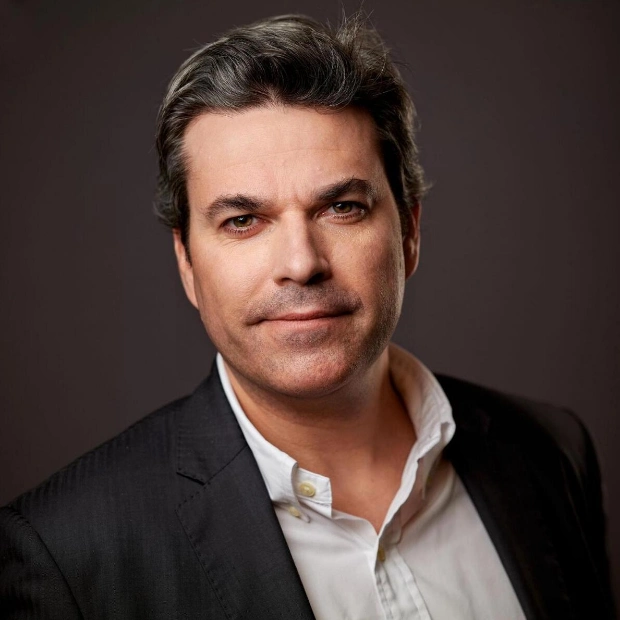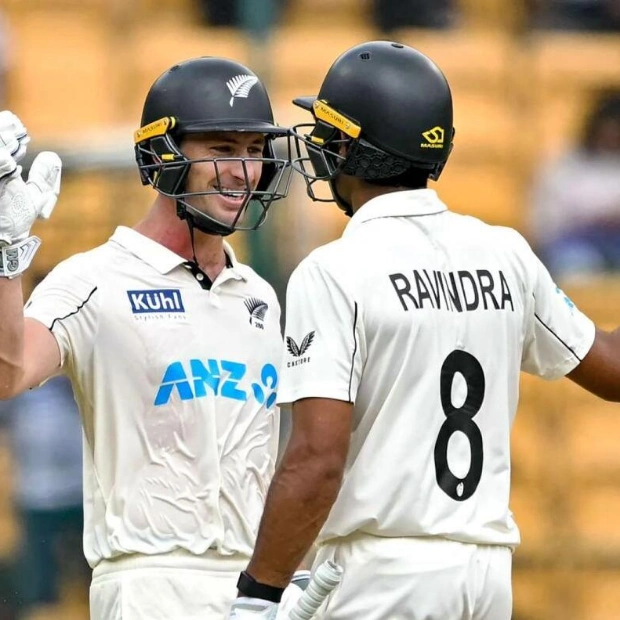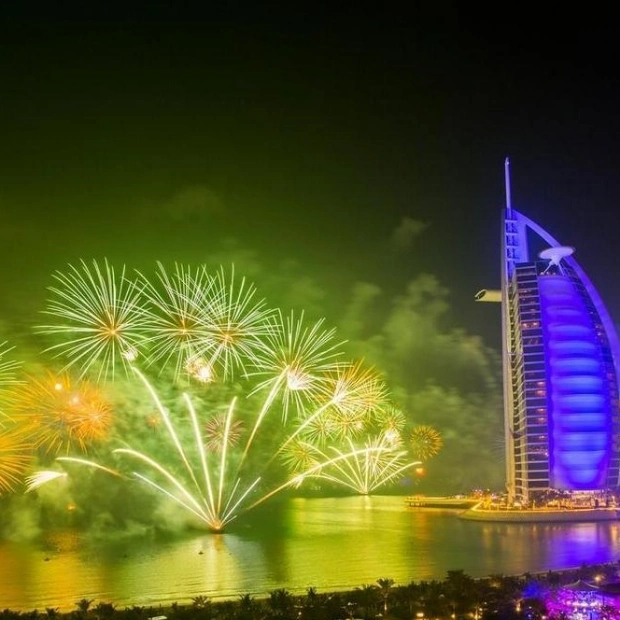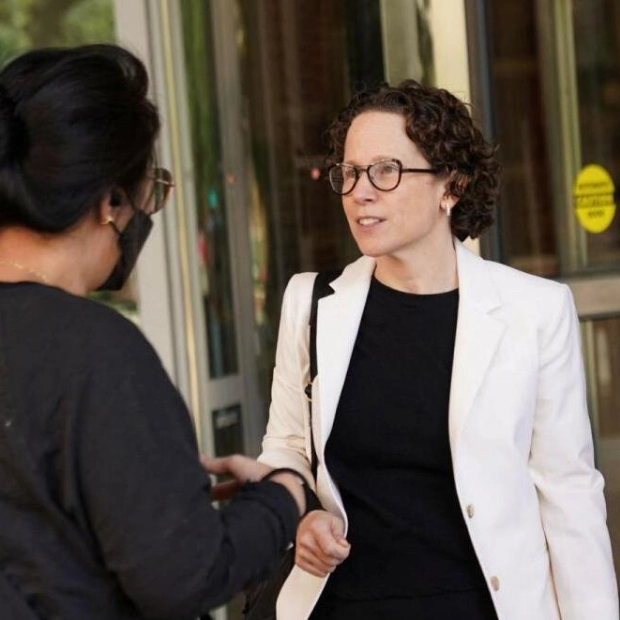Among the notable stars attending the PFL Super Fights in Riyadh was Cristiano Ronaldo, who made a memorable appearance alongside his son.
In recent years, the rapid rise of mixed martial arts (MMA) in Saudi Arabia has signalled a shift in the country’s sports culture and aspirations. Previously overshadowed by football and other traditional sports, MMA has struck a unique chord with Saudi youth and now garners significant attention and support. Leading this transformation is Abdullah Al Hazzaa, CEO of the Saudi Mixed Martial Arts Federation (SMMAF), who believes the appeal of MMA stems from its alignment with the spirit of the current generation. "In my opinion, MMA fits the spirit of this era," says Al Hazzaa. "We believe it’s the sport of the current generation, and it resonates deeply with people today." With the sport capturing the imaginations of young Saudis, Al Hazzaa and the SMMAF are seizing this moment, shaping a long-term strategy to build MMA infrastructure, foster talent, and establish a firm cultural foundation for the sport.
Building a lasting ecosystem for MMA, a key factor in MMA’s recent surge in popularity in Saudi Arabia, is the SMMAF’s step-by-step strategy, which focuses not only on promoting local fighters but also on creating pathways for them to compete internationally, while establishing a strong presence for MMA events within the country. According to Al Hazzaa, the federation has meticulously planned the growth of MMA with a clear goal in mind: to elevate it to an internationally recognised standard. "We’re working together to improve the sporting landscape, especially MMA. We have our own strategy, progressing step by step, and we’re committed to achieving our goals." The introduction of youth programmes is one of the cornerstones of SMMAF’s approach. Their ‘Champion Programme’ is specifically designed to guide young fighters from amateur levels to elite medal-winning competitors. "Through such programmes, we hope to cultivate a pipeline of athletes who can represent Saudi Arabia on the world stage," he adds.
The rising popularity of MMA in Saudi Arabia is closely linked to the country’s Vision 2030 initiative, which seeks to diversify the economy and improve the quality of life in the Kingdom through enhanced social, economic, and cultural opportunities. The rise of MMA is not just a standalone trend but part of a broader national agenda, says Al Hazzaa. "Our strategy aligns with Vision 2030, aiming to bring Saudi Arabia to the global stage through events like the World Championship and Asian Championship." Under Vision 2030, Saudi Arabia has made significant investments in sporting events, from international football tournaments to golf and now, MMA. By hosting high-profile MMA events, such as the PFL Battle of the Giants —which brought one of Riyadh’s biggest matchups featuring world heavyweight champion Francis Ngannou versus Renan Ferreira—Saudi Arabia is positioning itself as a major player on the global MMA stage.
For Saudi youth, especially those within the Gen-Z demographic, MMA’s presence on social media has made it an exciting and accessible sport. Social media has been a powerful tool in MMA’s popularity surge, with young fans following athletes and sharing their achievements, contributing to a rapidly growing community of MMA enthusiasts. According to Al Hazzaa, "When young people see the big stars in international organisations like the UFC or BRAVE, as well as our own Saudi athletes, they’re inspired. They see icons in the sport, and they want to follow in their footsteps."
In a country where cultural and societal norms have traditionally shaped sports participation, MMA’s inclusive nature has proven particularly appealing to both men and women. "The SMMAF is dedicated to developing pathways for women in MMA," he adds, highlighting the success of the Saudi women’s championships, which took place in 2022 and were held again in July this year. By cultivating opportunities for female athletes, Saudi Arabia not only seeks to advance gender equality in sports but also will inspire a new generation of women to pursue their athletic dreams. "We have a dedicated strategy for women, which is part of our overall ecosystem for the sport. This includes support for coaches, referees, and fighters."
While football remains deeply rooted in Saudi culture, Al Hazzaa believes that MMA could one day hold a similar place in Saudi hearts. "It’s tough because we love football but I believe it has the potential to be close. The community here loves MMA, and I think we’ll see that passion grow." With the passionate reception of recent MMA events, including appearances from international stars, the sport has undoubtedly struck a chord with the local audience.
To ensure the future of Saudi MMA, SMMAF aims to focus on identifying and nurturing young talent by investing in coaching, training facilities, and international exposure. "The federation is also exploring ways to integrate MMA into school and university programmes, collaborating with other sports federations and educational institutions," says Al Hazzaa. SMMAF envisions MMA playing a significant role in youth education and development, providing discipline, resilience, and physical fitness to students. "We have strong relationships with other federations and schools, and we’re working to integrate it into both school and university programmes," he adds. From youth-focused initiatives and women’s championships to international events and Vision 2030, MMA’s rise in Saudi Arabia also represents a cultural evolution. As the country opens itself up to new possibilities, Al Hazzaa believes, "MMA will not only continue to gain traction but also pave the way for a new sporting culture that speaks to the aspirations of the nation’s youth."
Source link: https://www.khaleejtimes.com
